ENT Diagnostic Complete Set With Ophthalmoscope and Otoscope
ENT Complete Set :
Details of ENT Complete Set is Given Below.
Details:-
1.It contains otoscope set parts.
2. It contains ophthalmoscope set parts.
3.The ophthalmoscope and otoscope use LED for clear examination inside the eye and ear.
4.It contains a frame.
Description
An ENT (Ear, Nose, and Throat) complete set, also known as an otolaryngology instrument set, is a comprehensive collection of surgical instruments used by ENT specialists (otolaryngologists) to diagnose and treat disorders of the ear, nose, throat, and related structures. This set is essential for performing a wide range of procedures, from routine examinations and minor surgeries to complex reconstructive and oncologic surgeries. Here’s a detailed overview of the components typically found in an ENT complete set:
An ENT complete set is essential for otolaryngologists performing a wide range of diagnostic and surgical procedures to treat disorders of the ear, nose, throat, and related structures. These specialized instruments enable precise examination, diagnosis, and treatment, ensuring optimal patient outcomes and recovery. Proper maintenance, sterilization, and organization of the ENT set are crucial to uphold surgical standards and promote patient safety during ENT surgeries and procedures.

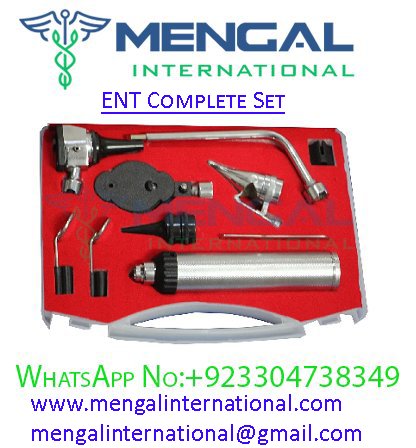
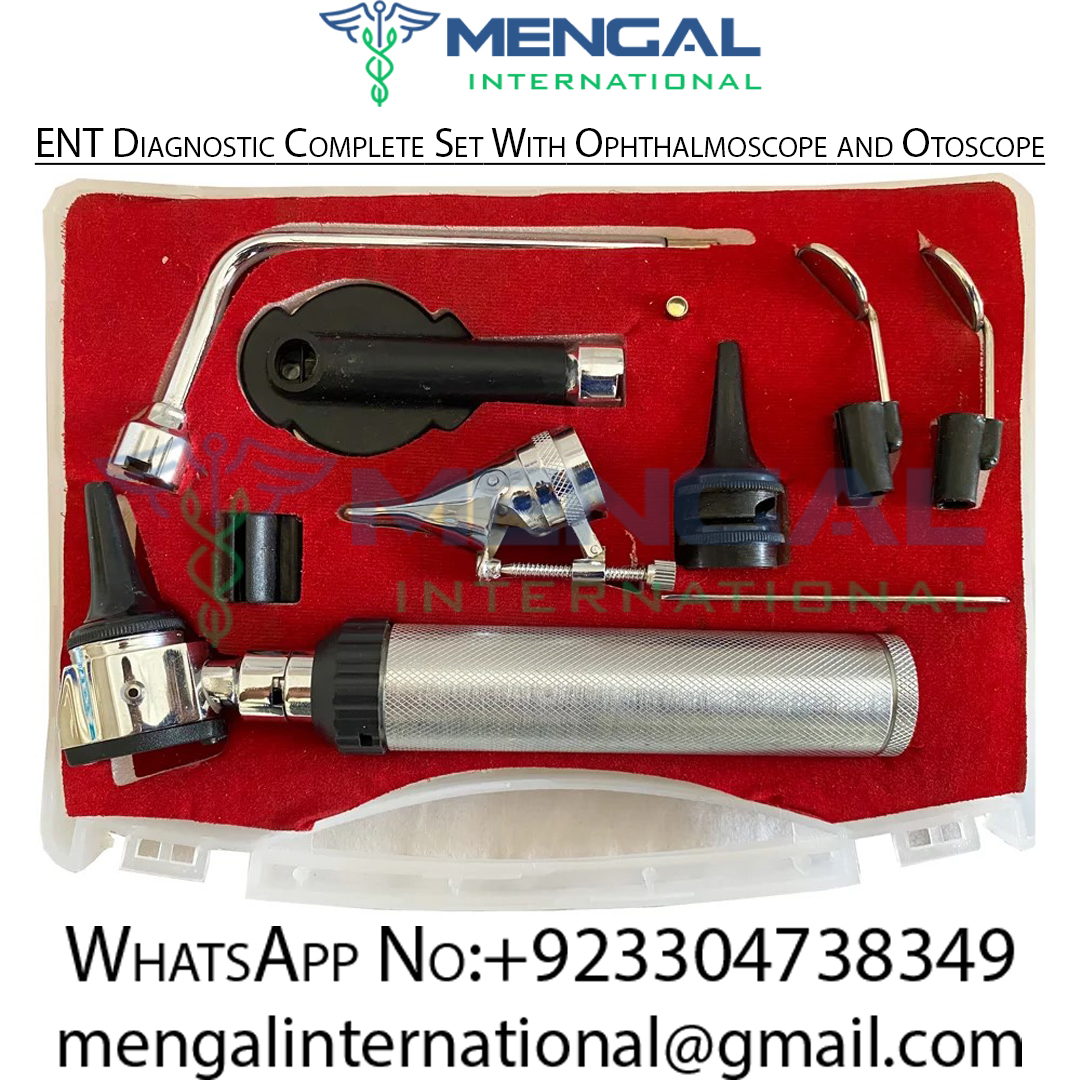
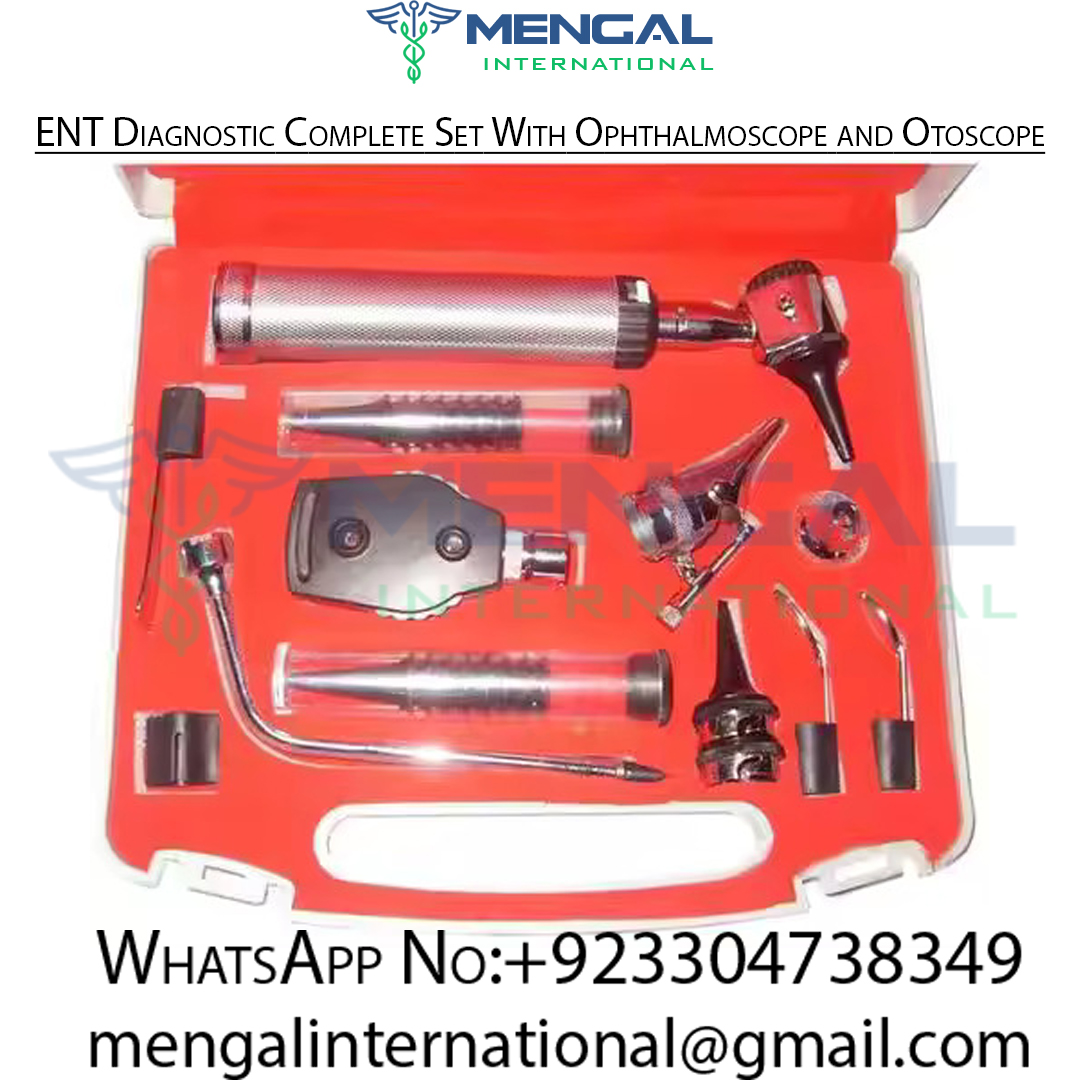

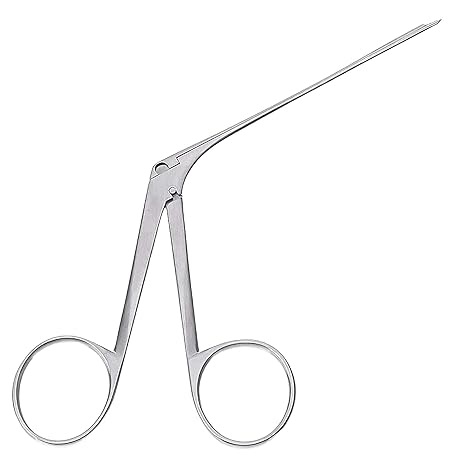
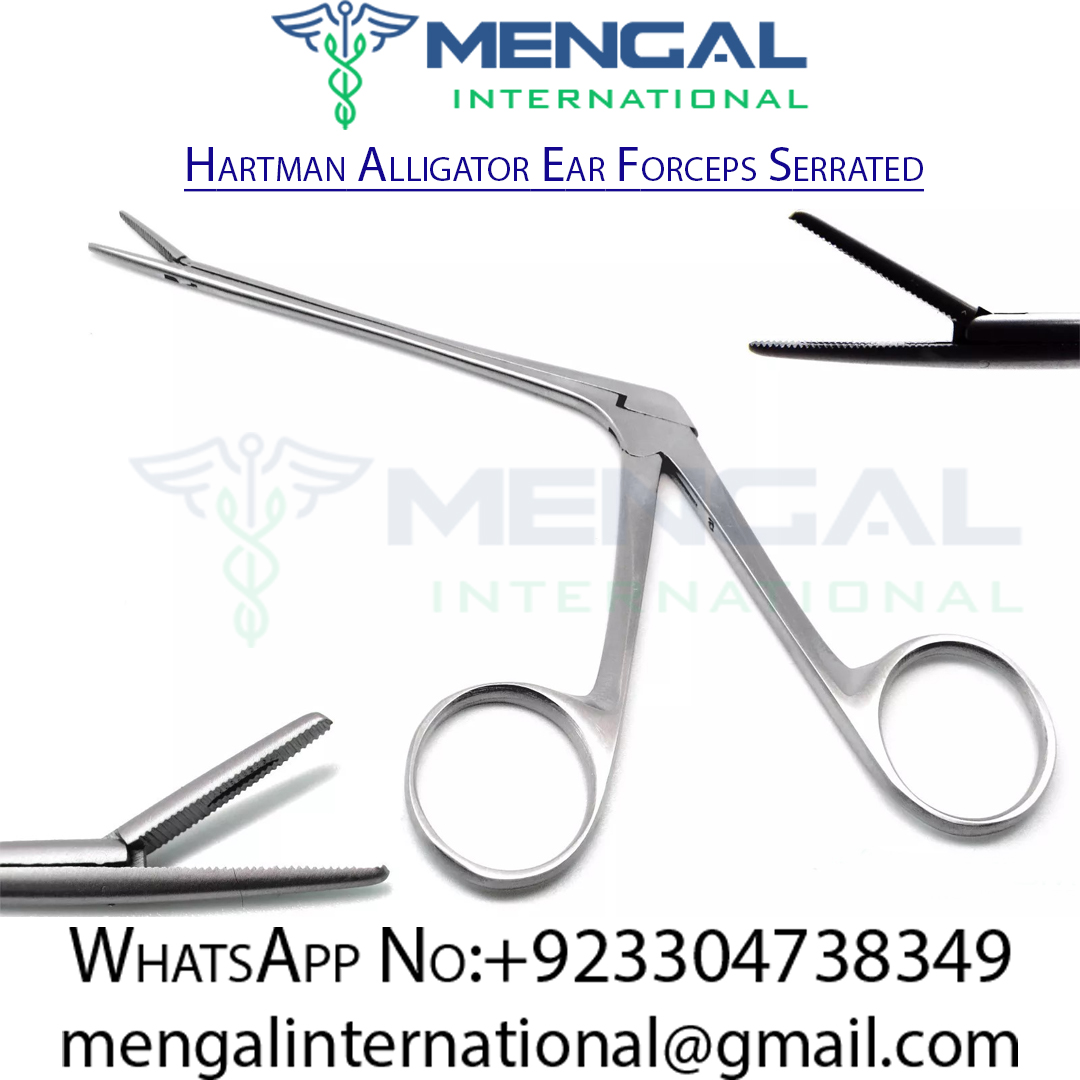
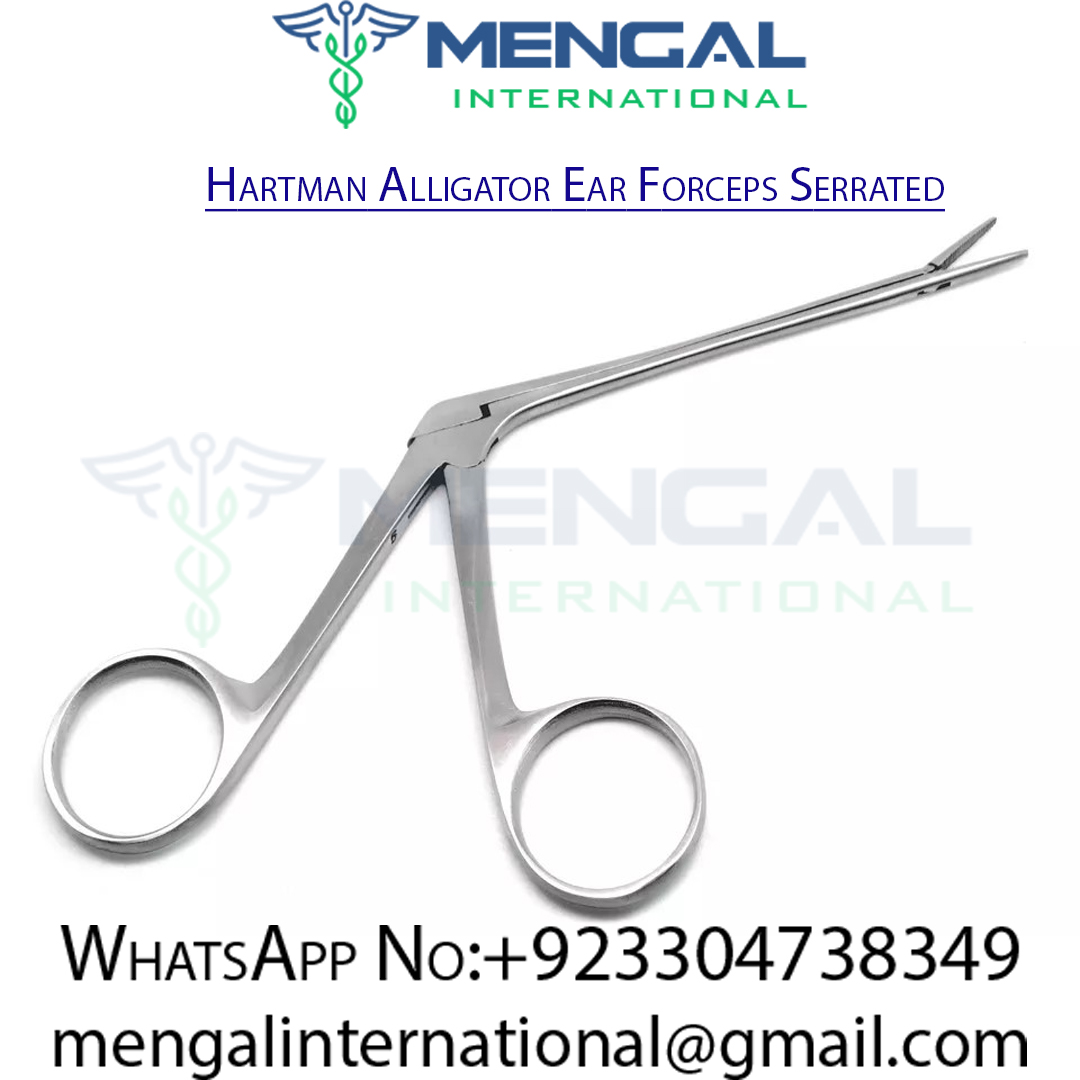
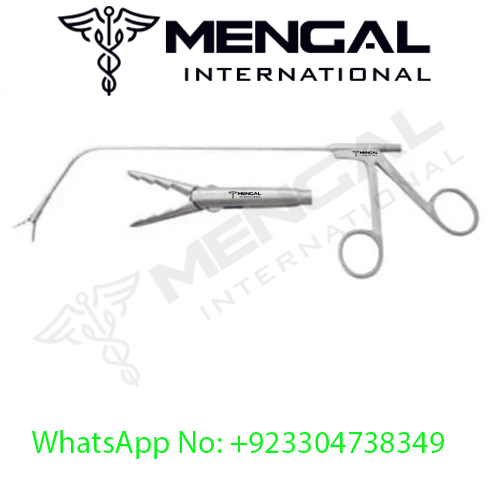
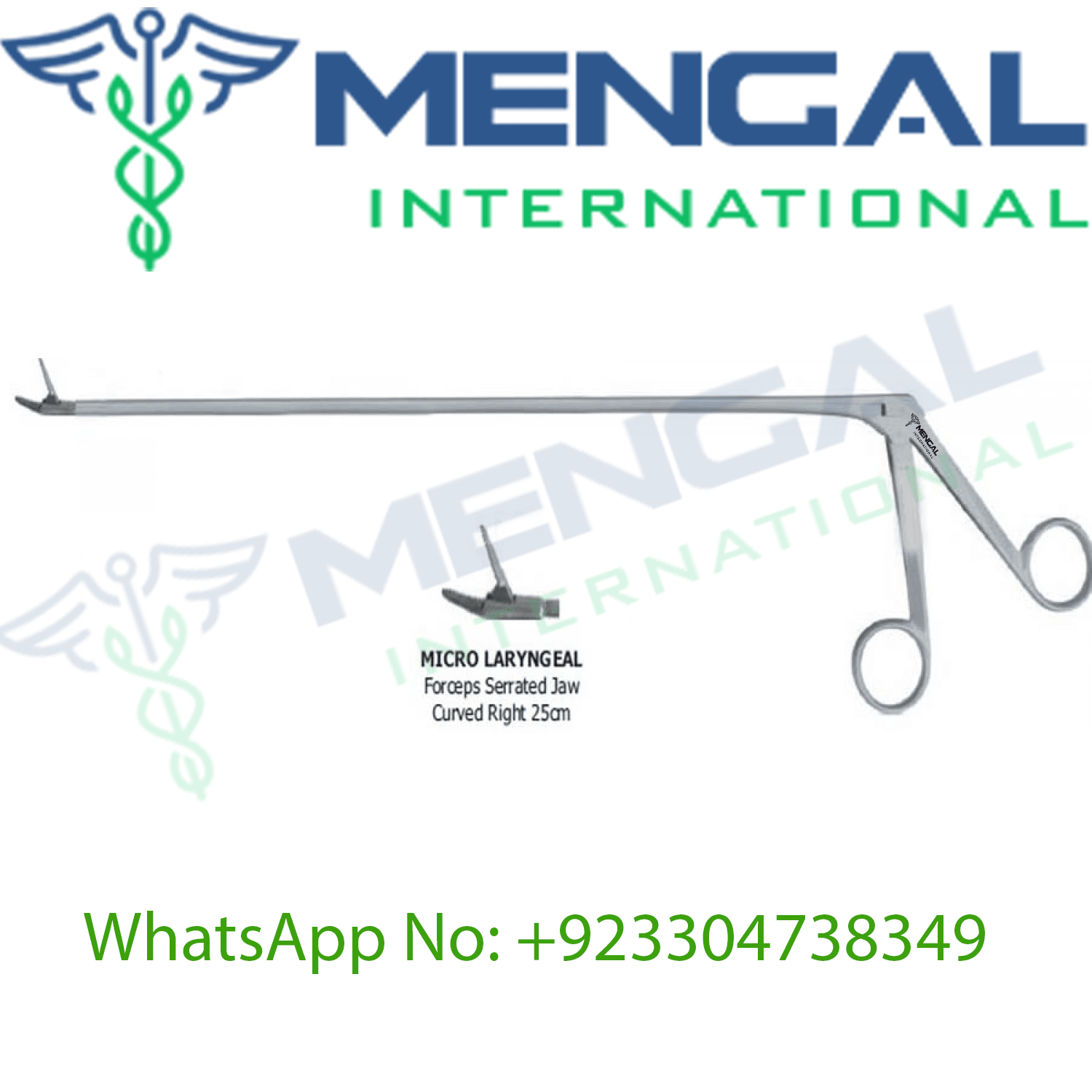
Reviews
There are no reviews yet.